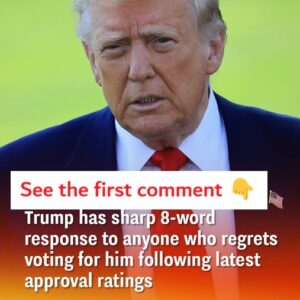Trump’s New Tariffs Signal Economic Shift and Higher Consumer Prices
On April 2, former President Donald Trump introduced a sweeping tariff policy under the slogan “Make America Wealthy Again,” imposing a minimum 10% tariff on all imported goods, with some countries facing rates up to 50%. The move, aimed at boosting the U.S. economy, has sparked concern among economists who warn it could lead to significant price increases for American consumers.
The tariffs apply broadly, affecting imports from countries like the UK, Brazil, Australia, and Saudi Arabia, while others—including China (54%), Vietnam (46%), and the European Union (20%)—face higher customized rates. Though China, Mexico, and Canada were exempt from the latest tariffs, many of their goods already carry elevated duties from previous policies.
As a result, a range of everyday items are expected to rise in cost. Alcoholic beverages such as French champagne and German beer may see prices soar due to EU tariffs, while coffee from Brazil and Colombia—key suppliers to the U.S.—could also become more expensive. Apparel and footwear from China and Vietnam will be hit hard, with Vietnam facing a 46% tariff beginning April 9.
Other affected goods include automobiles, now subject to a 25% tariff regardless of origin, which may add $2,500 to $20,000 to the price of a vehicle. Even maple syrup, mostly imported from Canada, is expected to rise in cost, with broader implications for any U.S. products that use Canadian ingredients.
Click below to read more…





